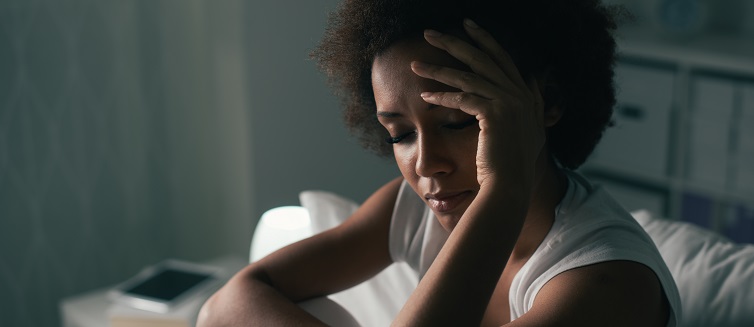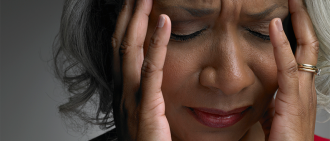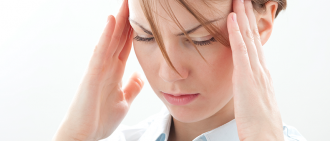A headache is any pressure or pain in your head, ranging from mild to severe. Most headaches aren’t the result of a serious illness. Common factors include stress, lack of sleep, exposure to substances such as alcohol, and more.
Frequent headaches, however, can affect your overall quality of life. Sometimes it’s difficult to discern the difference from a headache and a migraine. Migraines are intense headaches that often come with additional symptoms, such as nausea, sensitivity to light and sound, and seeing spots or flashing lights.
Learn more about headaches and migraines and how to find the relief you need.
-
Headaches vs. Migraines – What’s the Difference?
For some, headaches come and go, and for others, they are a part of everyday life. But how do you really know if you are suffering from just a common headache or migraines?Learn More
-
When Bad Headaches Strike: Causes and Treatments
A severe headache can stop you in your tracks. How you treat it depends on what is causing the pain.Learn More
-
Video: Understanding the Different Types of Migraines
If you regularly experience severe headaches or migraines, it’s best to get checked out by a doctor to make sure there’s not a more serious problem.Learn More
-
Does Your Anxiety Disorder Cause Migraines?
Doctors know that people who suffer from anxiety may have more migraines than those who do not. Many people who have chronic migraines also may have a generalized anxiety disorder.Learn More
-
BOTOX® Might be the Surprising Answer to Chronic Migraines
BOTOX is a prescription drug made of the bacterial toxin “botulinum.” It’s commonly used to treat muscle conditions or to improve the appearance of wrinkles by temporarily paralyzing muscles in the face.Learn More





